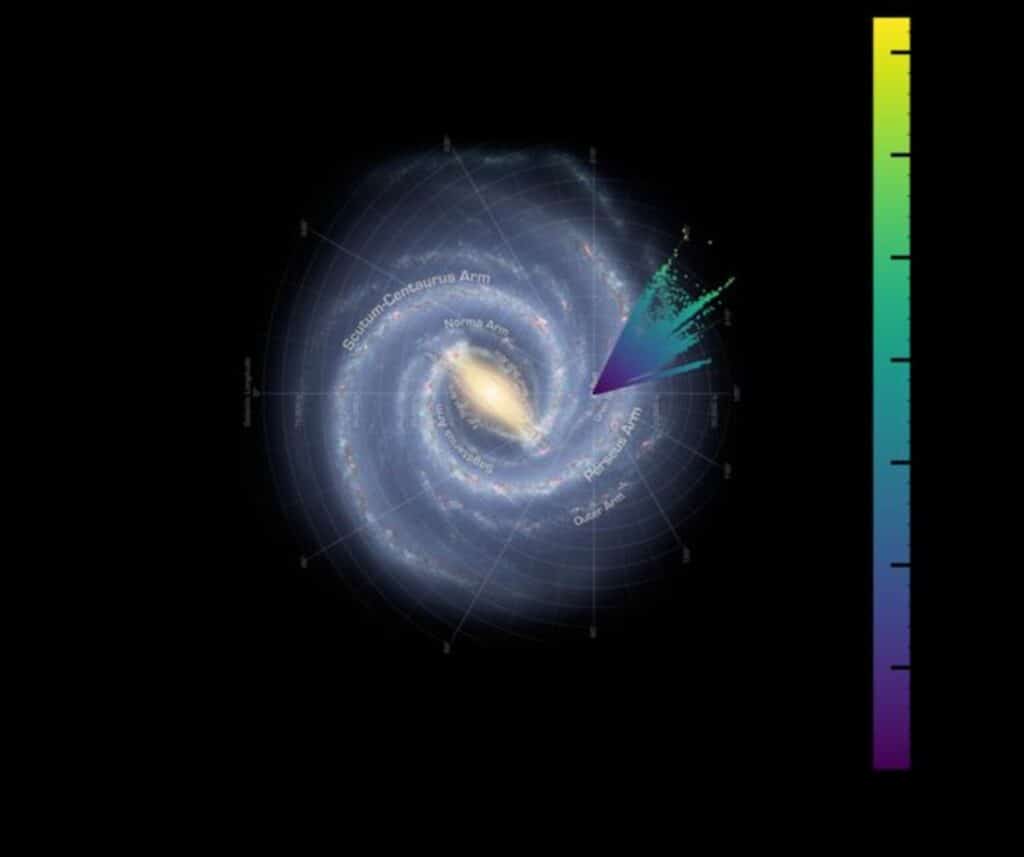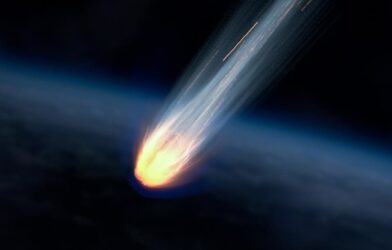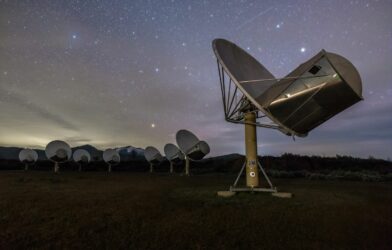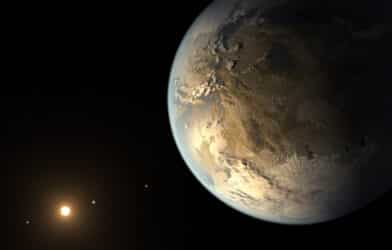Is ET really out there? Astrophysicists from Trinity College Dublin are hoping to find out as they are embarking on an ambitious mission to scan the universe for “technosignatures” that could provide evidence of intelligent extraterrestrial life.
The team aims to monitor millions of star systems using the Irish LOFAR telescope and its counterpart in Onsala, Sweden. Their objective is to detect signs of advanced alien civilizations by identifying signals or radio emissions that deviate from natural sources.
While the search for extraterrestrial radio signals has been ongoing for more than six decades, much of it has been conducted using single observatories, limiting the ability to differentiate between genuine extraterrestrial signals and terrestrial interference on Earth.
Traditionally, these efforts have focused on higher frequencies above 1 GHz, primarily because the single-dish telescopes used operate in this range. However, the Trinity College Dublin-led collaboration, in partnership with the Breakthrough Listen team and the Onsala Space Observatory, is pioneering a multi-site, multi-telescope approach to search at lower frequencies, specifically in the 110 – 190 MHz range.
The Breakthrough Listen program represents one of the most comprehensive efforts to search for technologically advanced extraterrestrial life. It involves developing dedicated instruments at the Irish and Swedish LOFAR stations and employs multiple sites to reduce the likelihood of false positive signals caused by interference from human sources on Earth.

The team’s efforts have already scanned 1.6 million star systems marked as interesting targets by the Gaia and TESS space missions, led by the European Space Agency (ESA) and NASA, respectively. So far, their searches have not yielded any positive results.
“In the last 50 years evidence has steadily mounted that the constituents and conditions necessary for life are relatively common in the Universe, which begs one of life’s greatest unanswered questions: are we really alone?” says Evan Keane, associate professor of radio astronomy in Trinity’s School of Physics and head of the Irish LOFAR Telescope, in a university release.
Keane explained that their search is based on the assumption that extraterrestrial civilizations may use similar technologies to those developed on Earth, making radio frequencies a logical domain for conducting SETI (Search for Extraterrestrial Intelligence) surveys.
“With this project we are basing our search on the common assumption that civilizations elsewhere in the universe may employ similar technologies to those developed on Earth,” notes Keane. “As a result radio frequencies are a logical domain for conducting SETI surveys due to the widespread use of telecommunications and radar and our access to next-gen radio telescopes offers a great chance for a deep dive into the universe.”
Study first author Owen Johnson, a PhD Candidate in Trinity’s School of Physics and the first Irish person to undertake a PhD in SETI, expressed the excitement of their endeavor. “What makes surveys like this one truly captivating is the fact that we’re pushing these telescopes to their absolute limits, directing them towards substantial portions of the sky,” he said. “As a result, we have the exciting possibility of discovering all sorts of wild and wondrous phenomena during this process and if we’re very fortunate, even encountering our cosmic neighbors.”
Looking ahead, LOFAR is set to undergo upgrades, enabling an even broader SETI search at ranges of 15 – 240 MHz. The immense volume of data generated during this quest will be analyzed using machine learning techniques, potentially leading to the discovery of cosmic neighbors.
“That in itself is interesting – it would be fairly ironic if humankind discovered alien life by using artificial intelligence,” notes Johnson.
The study is published in The Astronomical Journal.













Comments